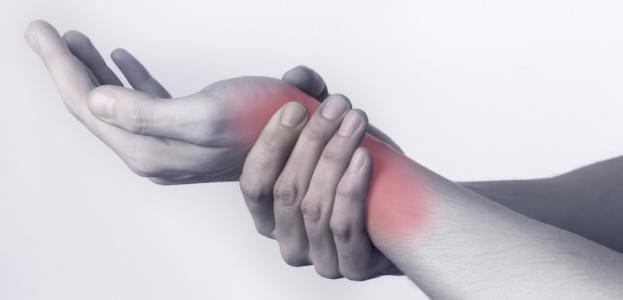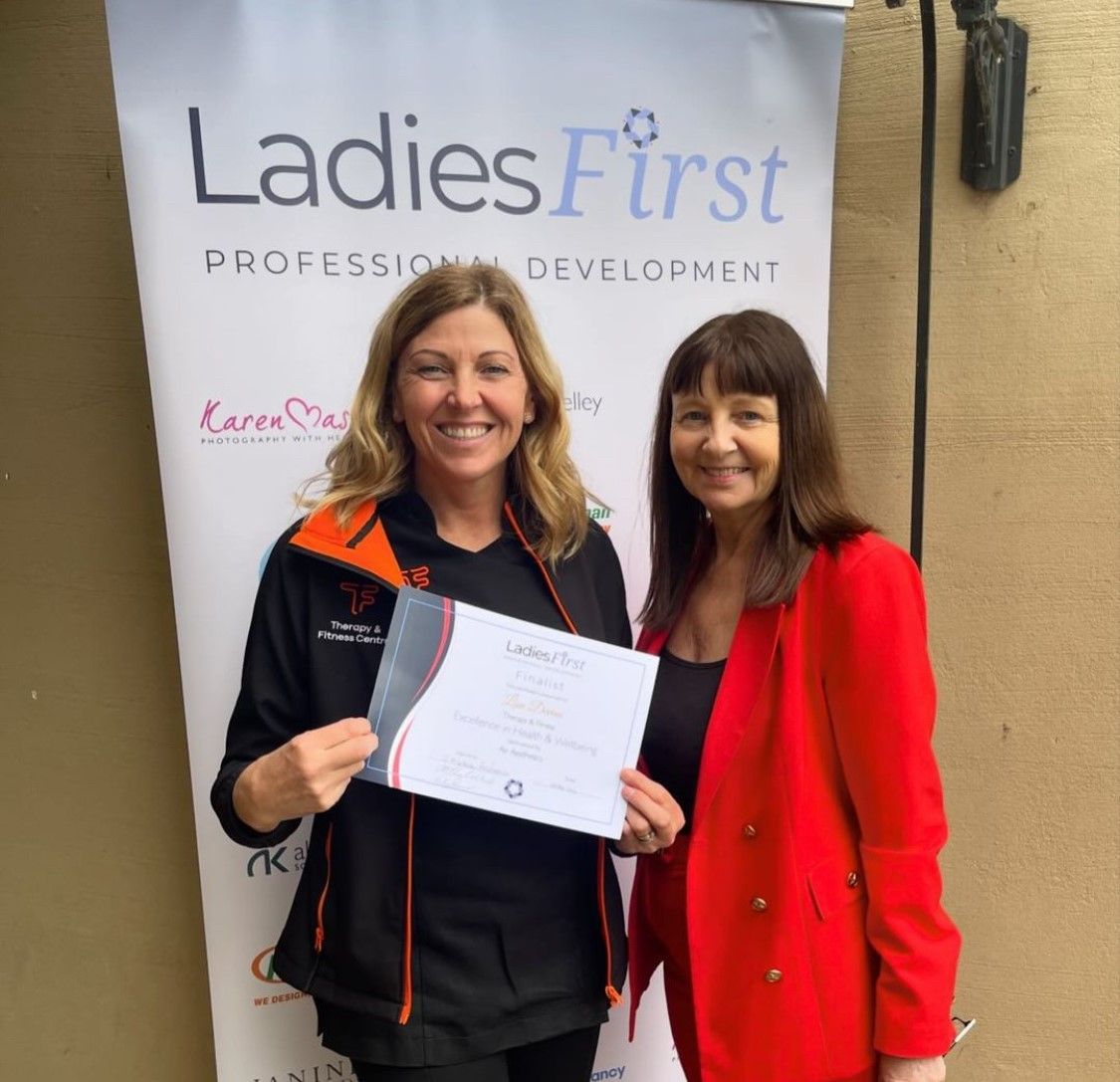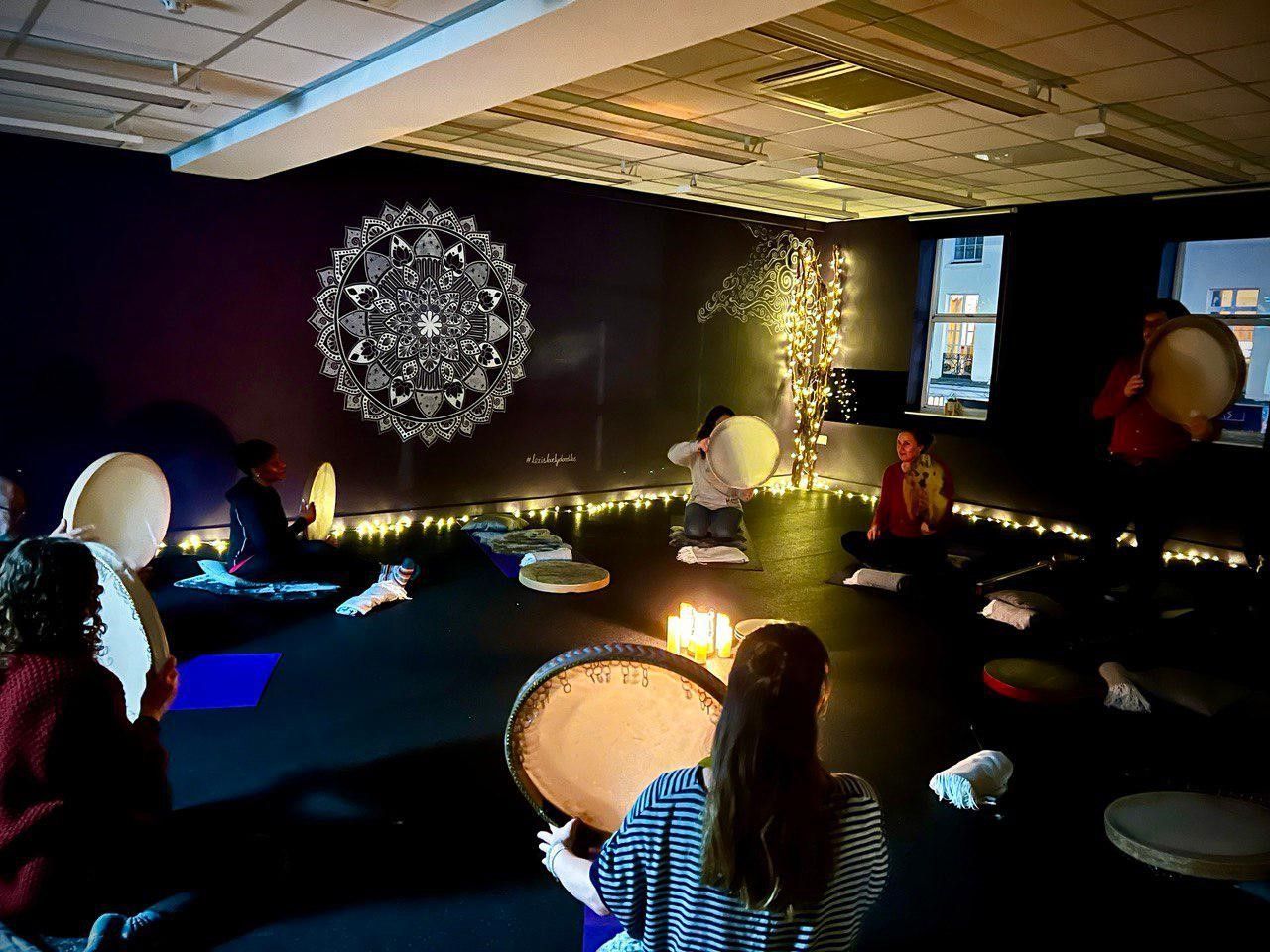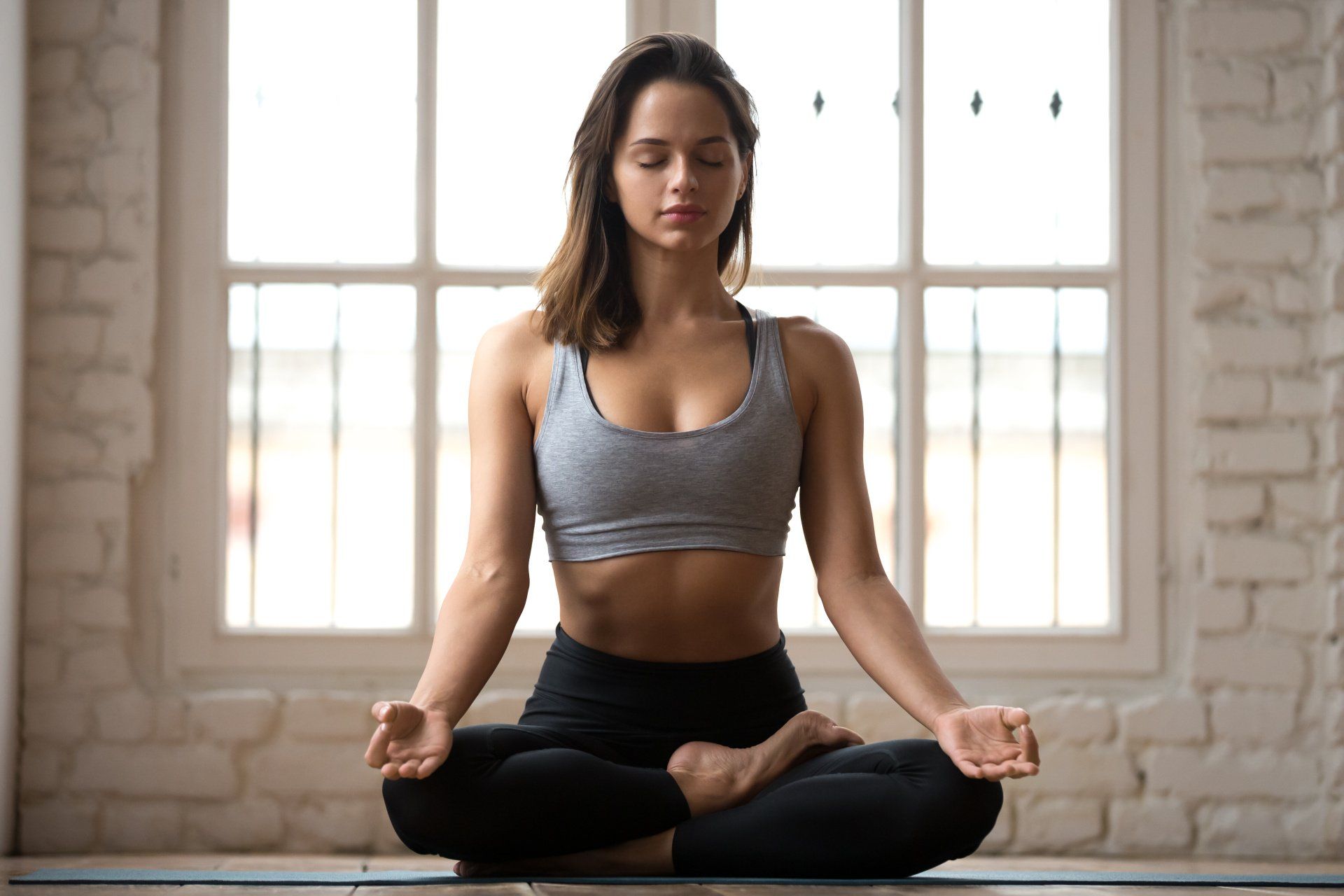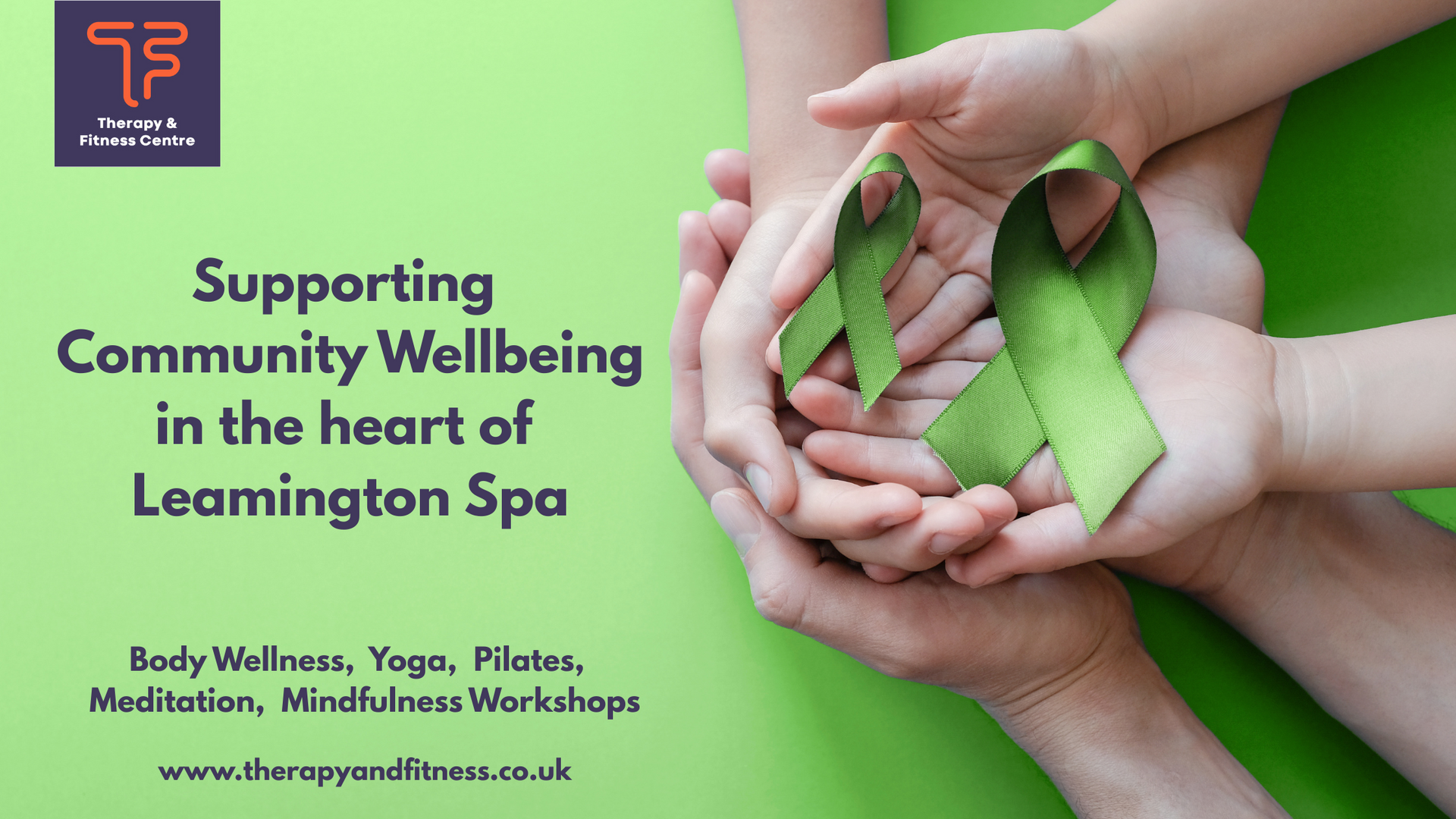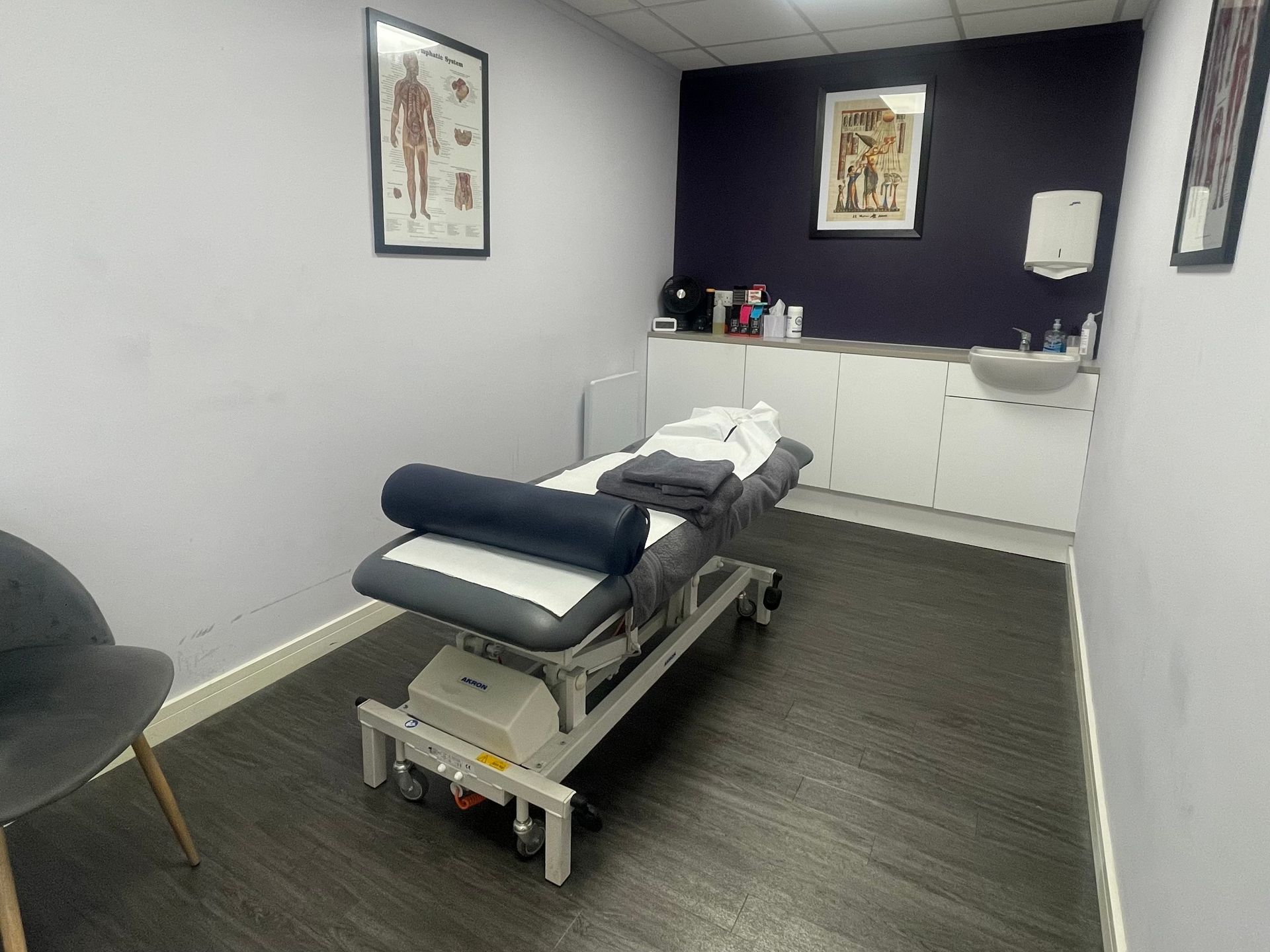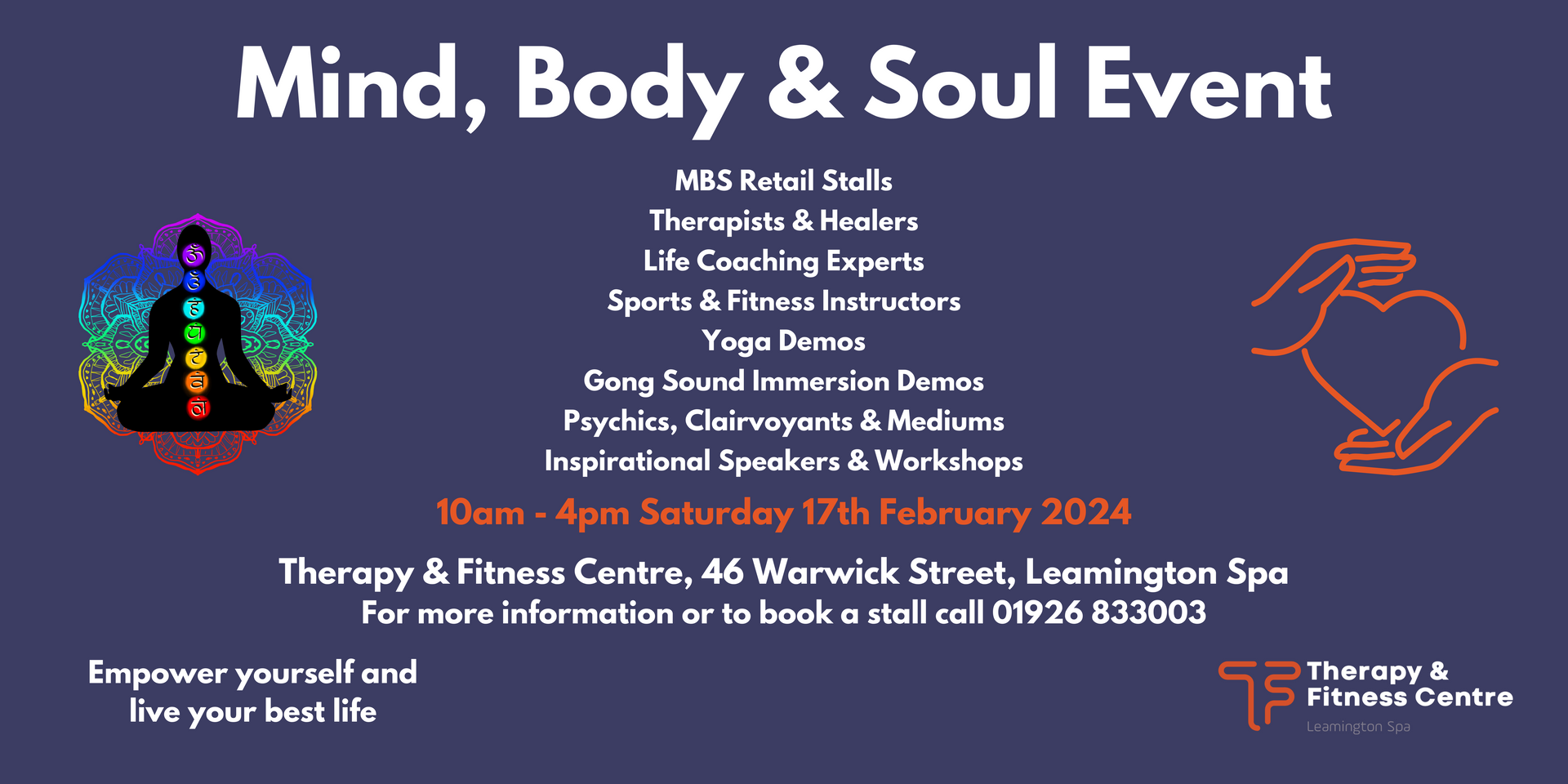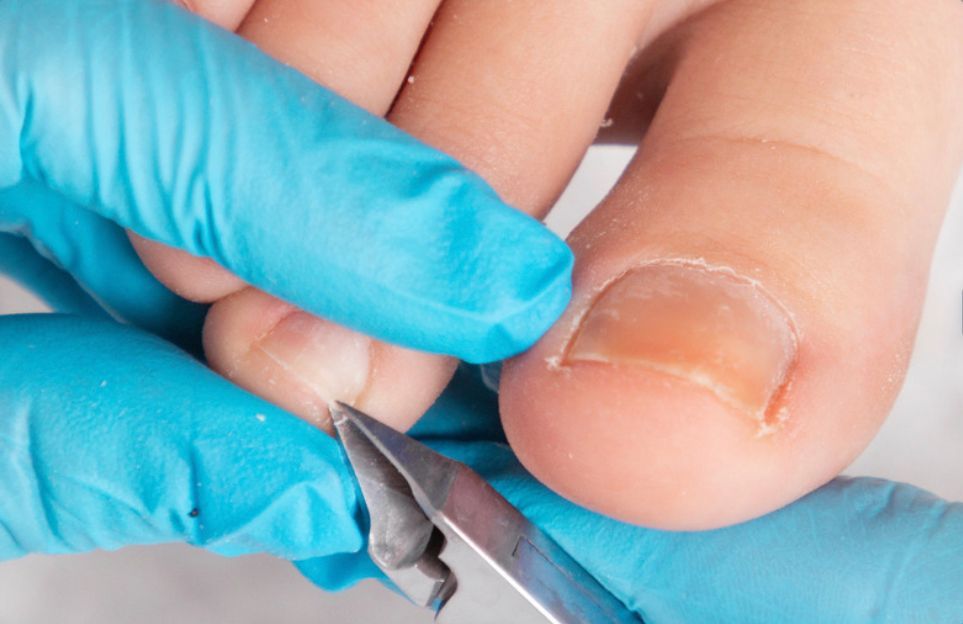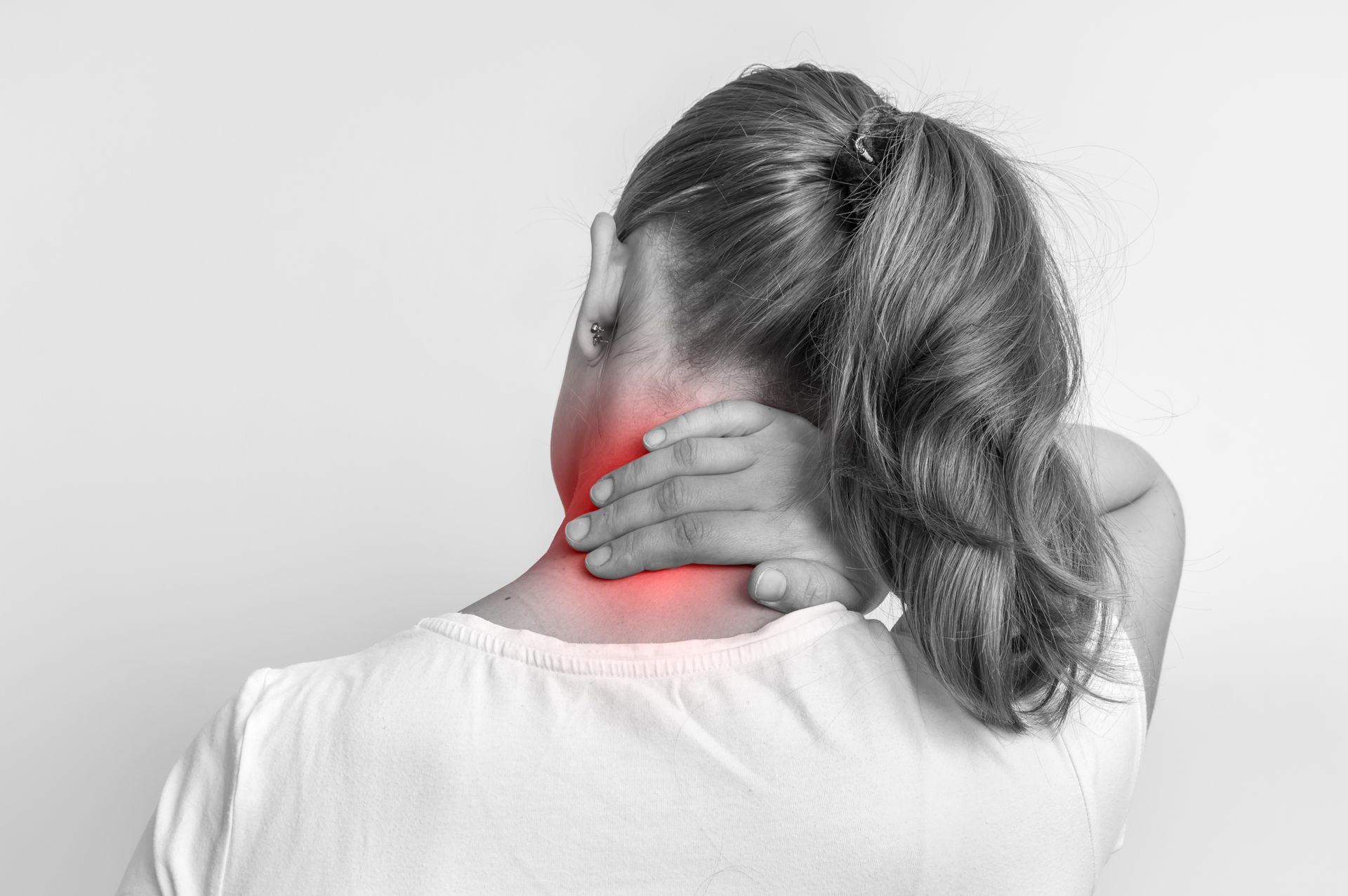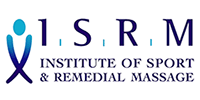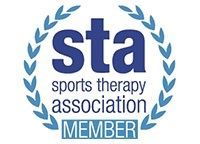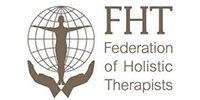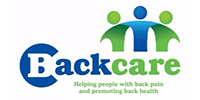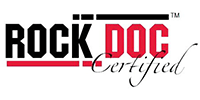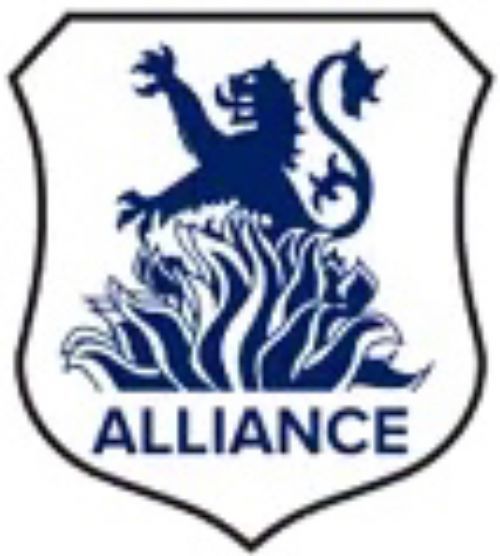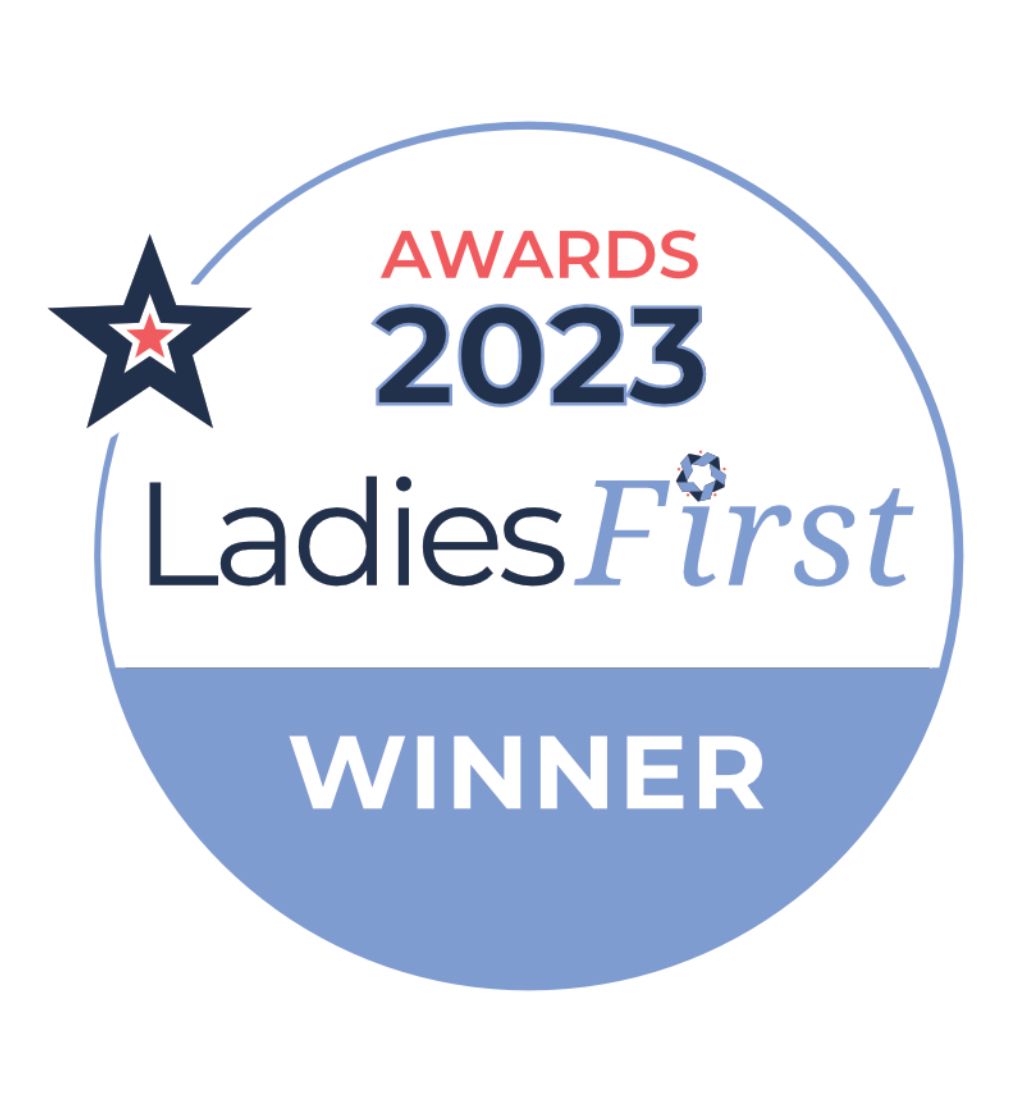Most Common Golf Injuries and What To Do About Them
Golf is a physically demanding sport. Golfers require strength, stability, explosive power, flexibility and athletic ability to perform an effective golf swing.
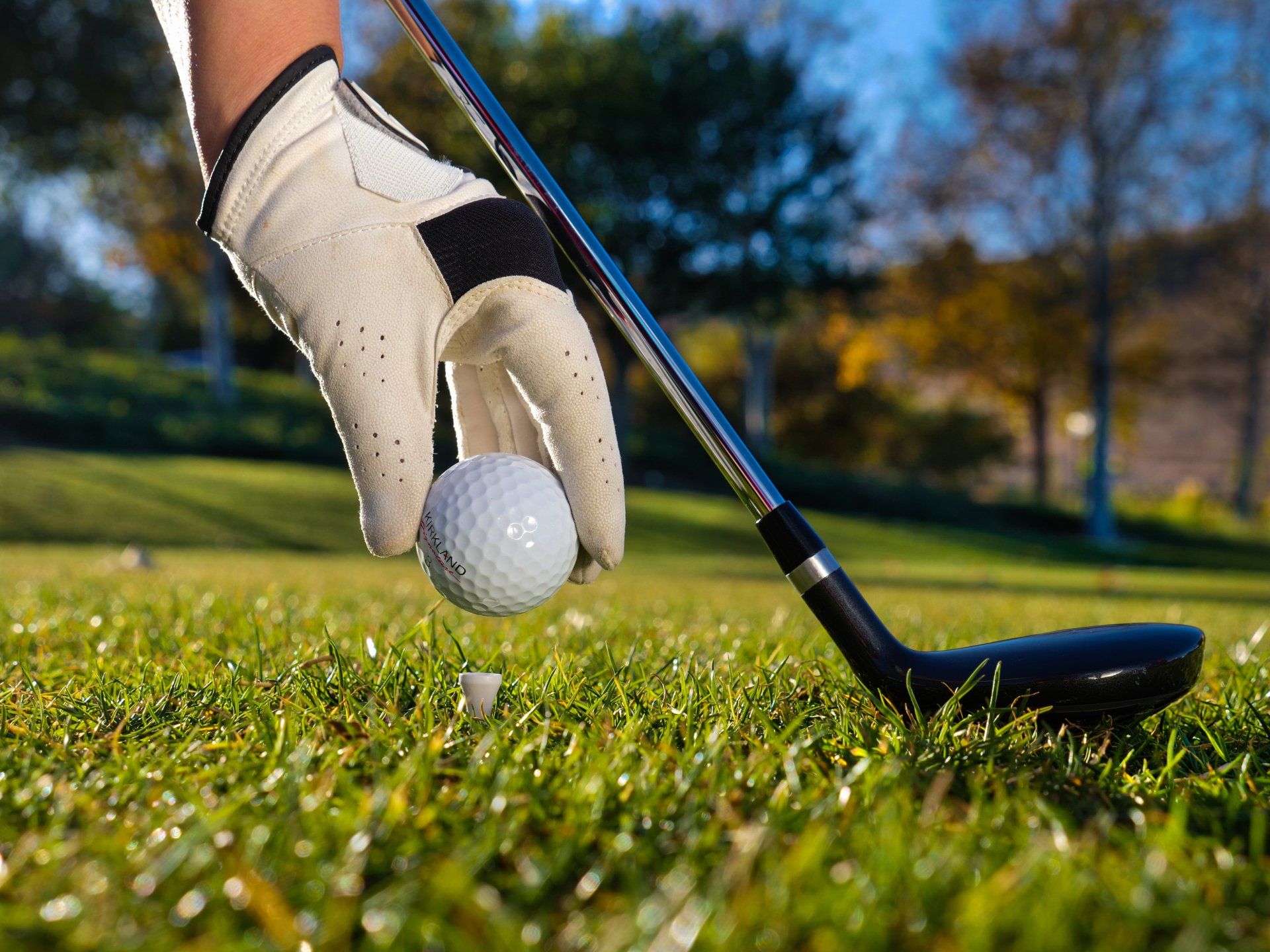
Does massage help golf?
Did you know that therapeutic sports massage is a great way to improve your golf game? It's true! Golf massage concentrates on relaxing the back, hamstrings, hip flexors, shoulders, and wrists to create a bigger shoulder turn, better hip and back flexibility, and a more powerful torque and higher finish.
There are a range of benefits that massage therapy can have for golfers:
- Massage generally increases circulation
- Helps to reduce muscle spasms
- Massage therapists can also help with trigger point and adhesions to prevent injuries
- Helps to improve quality of movement
- Improves range of motion and muscle flexibility
What are The 5 Most Common Golf Injuries?
- Back Pain
- Rotator Cuff Injury
- Tennis Elbow and Golf Elbow
- Knee Pain and Damage
- Tendinitis in the Wrists
Why does golf contribute to Back Pain?
You’re keen to improve your swing, but hours spent hunched over your club, along with the rotational stresses you put onto your back as you swing, can add up to serious back pain. Lower back pain is the most common, but don’t discount the discomfort of that shooting, stabbing pain between your shoulder blades, either.
How to prevent golf related Back Pain?
To prevent back issues, practice correct form and regularly exercise the muscles of your back (focusing specifically on trapezius and pectoral muscles). Flexibility exercises such as yoga can also help to prevent back injuries.
How to treat golf related Back Pain?
The treatments option vary depending on severity. Most common options include:
- Rest
- Alternating hot and cold packs
- Pain medicine that also reduces inflammation, such as ibuprofen
- Deep tissue massage
- Visit a chiropractor
- Steroid injections
- Surgery
Why is golf contributing to Rotator Cuff Injuries?
Avid golfers can end up messing up their rotator cuffs, which are the four stabilising muscles located in each of your shoulders. Rotator cuff impingements are when the muscles swell and pinch the space between the arm and shoulder bones. Another type of injury occurs when one of the tendons or muscles tear. Both common types of rotator cuff injuries cause pain and inhibit your game.
How to prevent golf related Rotator Cuff Injuries?
To prevent rotator cuff injury, practice correct form as well as engage in regular strength training and stretching the muscles of the shoulders, back, and abs.
How to treat golf related Rotator Cuff Injury?
If you have suffered a rotator cuff injury, we recommend the POLICE method: protection, optimal loading, ice, compression, and elevation.
- P- Protection - emphasises the importance of preventing further damage, whether that is rest or the use of a sling.
- OL- Optimal Loading- this will stimulate the healing process because bone, tendons, ligaments and muscles all require some loading to stimulate healing. A PT can also guide you through that stage. You may be required to perform simple exercises and motions to allow your injured muscle or ligament to heal properly.
- I.C.E- Ice, compression and elevation: - ice can help decrease inflammation and pain, while compression on the affected area will provide support, and resting the injured area gives it time to heal. And whenever possible elevating the injured area above the heart is recommended
Follow up with exercises designed to strengthen shoulder and back muscles.
What is the difference between Tennis Elbow and Golfers Elbow?
Tendonitis in the elbow is commonly referred to in sports terms. “Tennis elbow” refers to irritation and inflammation of the outer tendon, while “golf elbow” refers to irritation and inflammation of the inner tendon. Strangely, more golfers suffer from tennis elbow than golf elbow, but the result can still be very painful.
How to prevent golf related tendonitis?
To prevent tendonitis of either sort, make sure you are using proper swing techniques when you practice. Tendonitis shows up after overuse of the tendons involved, so be sure to rotate your practice regimen to allow your elbows and arms to get adequate rest.
How to treat golf related tendonitis?
Treating tendonitis is usually fairly simple, although you might have to grit your teeth and put the clubs away while you allow your body to heal. The goals are to reduce inflammation, gently strengthen the muscles and tendons, and correct your swing technique so you don’t do this to yourself again.
Why do golfers tend to suffer with Knee Pain or Damage?
As you stabilise the rotation of the hip axis at the beginning of a swing, you can end up putting a lot of stress and strain on a weak knee. Knee injuries vary in type and severity, and it’s no secret that knees suffer more as you age. If you are noticing knee pain during your game, visit your Sports Therapist sooner rather than later!
How to prevent golf related Knee Pain or Damage?
To prevent knee pain, gently stretch your calves, hamstrings, thighs, and core muscles before heading out for a round. Wear quality shoes with good arch support, and use a brace if you feel weakness or twinges.
How do you fix a sore knee from golf?
If you already suffer from knee pain, you’ll need a Sports Therapist to diagnose the exact problem and help you decide on a course of treatment. If you ignore knee pain, you can end up doing incredible damage, which has the potential of greatly affecting your ability to play.
How does golf cause Wrist Tendonitis?
Like the tendons in the elbows, wrist tendons can become overly fatigued and inflamed, which can affect your ability to hold your club correctly (or at all, in serious cases).
How do you prevent Wrist injuries in golf?
To help prevent future golfing-related wrist injuries, take time to stretch your arms, elbows and wrists before you play. Also, warm up with some easy practice swings before you begin a round of golf or start hitting at the driving range. Work on improving your swing, too.
How do you heal a Wrist injury from golf?
Usual treatments include activity modification, anti-inflammatory medications, bracing, and therapy.
